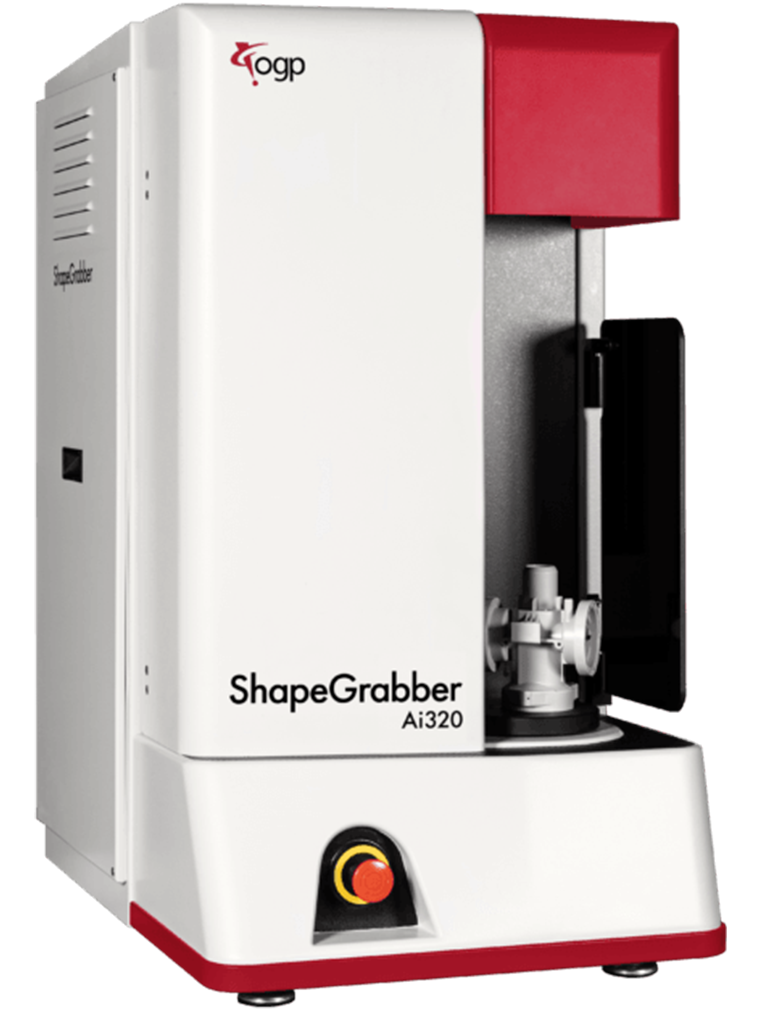For many original design and equipment manufacturers (OEMs/ODMs), model-based design (MBD) is a favoured method to flow requirements to their manufacturing suppliers. But it may be difficult for many manufacturers to support while maintaining promised lead times and keeping prices competitive. Fortunately, a 3D scanner provides an answer to this conundrum.
How MBD Works
In MBD, the 3D model itself, along with tolerances relating to the model, contain the requirements definition for the part or product. This approach is in contrast to the traditional method, in which the 3D model was used as information only and the primary requirements were contained in accompanying two-dimensional drawings.
Challenges of MBD
MBD works very well with modern manufacturing equipment and in environments with 3D CAD/CAM technologies. However, it creates challenges for companies using 2D-based inspection process and equipment. Because these companies rely exclusively on the 2D drawings for requirements information, problems can arise when:
- Variances exist between the 3D model and the 2D drawings
- The 2D drawings are incomplete (as is often the case, since the 2D drawings are not as central to the design)
Dealing with these challenges adds time and cost to the inspection process, and discrepancies between 2D and 3D information can lead to errors. While manufacturers may be under pressure from their customers to accommodate MBD – or may wish to introduce MBD as a competitive advantage – they cannot do so if it increases costs, lead times, or diminishes quality.
The Solution: A 3D Scanner
The solution is a 3D scanner. 3D scanning used as part of the quality inspection process can resolve all of the challenges described above because the inspection process compares 3D scan data of the actual part directly to the 3D model. In this way, introducing rapid, automated whole-part scanning into the quality process with a 3D scanner improves inspection accuracy at the same time.
You can contact ShapeGrabber for more information about introducing a 3D scanning as a competitive differentiator in your manufacturing process.

